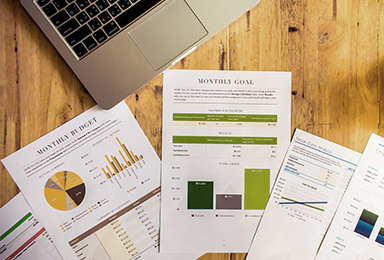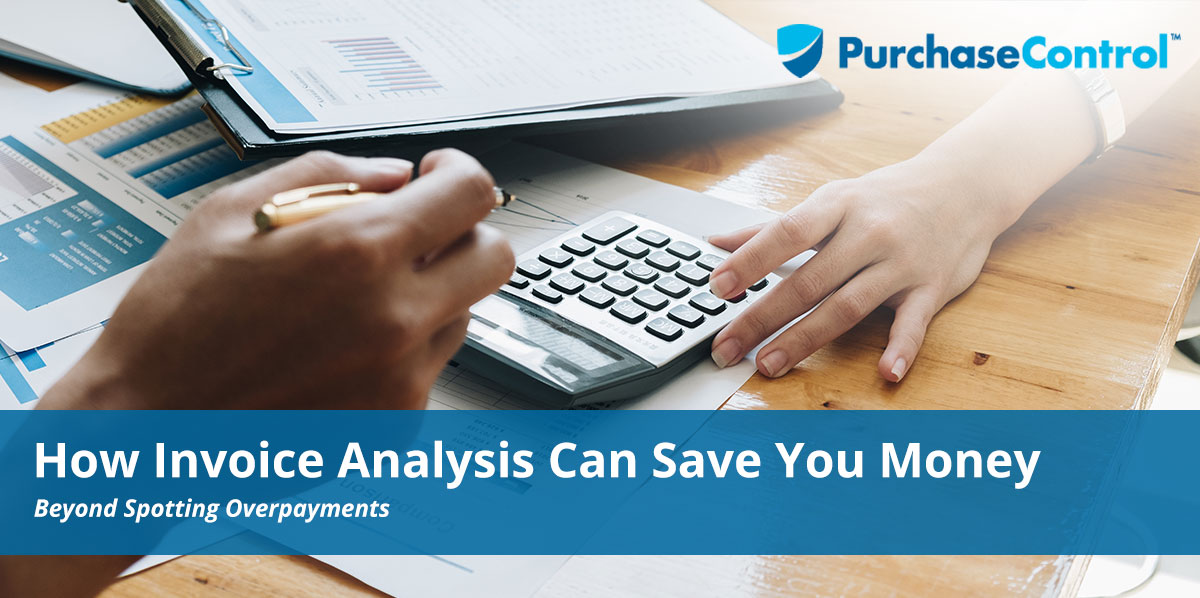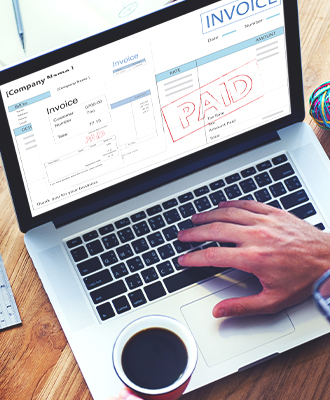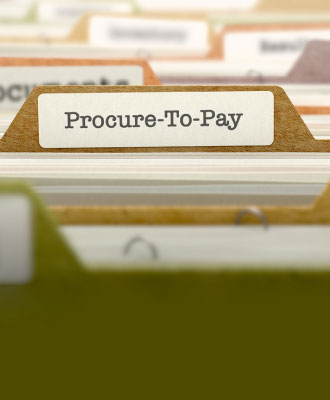How Invoice Analysis Can Save You Money
If your company is looking for ways to spend money, one option is to hire a spend analysis provider. That firm will handle all of your analysis for you, and then charge you a fee of the savings they captured for you. They’ll tell you to start with 3-way matching your contacts, purchase orders, and goods receipts against your invoices to help you spot overpayments that can be resolved through refunds or credits.
The bigger an organization becomes, the easier it is for things to fall through the cracks. Some of the most common types of overpayment include:
Duplicate Payments on Invoices
This is the most common issue and usually happens because a supplier invoice isn’t paid on time. The supplier sends the invoice again, which gets re-entered into the system and queued for payment.
Overpayments for Returned or Defective Goods
The warehouse accepts goods from their end-user that is under warranty and returns them to the supplier for credit, but that credit isn’t received. This can also happen when the warehouse rejects defective goods.
Fraudulent Payments
The company receives an invoice that appears to be valid because the supplier unintentionally resent an invoice with a different invoice number, or a fraudulent party sent an invoice in an attempt to appear as a valid vendor. The fraudulent invoice has different payment instructions that the AP department doesn’t notice.
“Failure to conduct invoice analysis on a regular basis could cost your organization millions of dollars.”
To save even more money, however, you can invest in automation that handles the matching process for you and spots errors as they occur. This way, you don’t have to hire a firm to handle the task for you, and you don’t have to manually address the matching process with human eyes that naturally tire and make mistakes.
Invest in a spend analysis solution that conducts matches between purchase orders, goods receipts, invoices, and payments flags any discrepancies for manual review while allowing everything else to move through smoothly without human intervention.
The best solutions address everything in real-time, allowing for faster invoice processing. The company can quickly and easily find duplicate payments, overpayments, and potentially fraudulent payments. Overpayments made to suppliers under contract can be presented to those suppliers for credit on future orders. Unpaid invoices can be easily verified and submitted for payment to keep vendors happy.
Let’s go beyond the one-time savings opportunity and automate the process so it can be repeated every month. This not only ensures you’ll find overpayments faster allowing you to reap the credit sooner but will find unpaid invoices match invoices that have already been paid or goods that have already been paid for or returned. Ultimately, this reduces the number of overpayments.
As suppliers see that even small mistakes will cause their invoice to be rejected or a delay in payment, they will become more accurate in their invoice.
But, there’s even more benefit. Invoices are a wonderful tool for spend forecasting, especially invoices that aren’t connected to purchase orders and invoices that have POs that aren’t associated with a contract.
If the invoices are associated with POs and those POs are associated with a contract, then the POs are issued according to the defined schedule within the contract. In this situation, it’s impossible to predict them beyond the contract.
In other situations, however, it’s easy to predict them. Consider a situation where there is a sequence of POs without a contract, where buyers are making spot purchases for the same product or service and the amount is increasing month over month. Applying trend analysis and making comparisons to similar categories allows the business to predict future volume and spend. With this information, they can seek opportunities for cost savings and cost avoidance before spend in those areas becomes difficult to manage.
If your company has a lot of invoices without POs, this can be an indicator of emerging spend areas. If your company continues to see spend across suppliers for a new service, it may indicate a change coming the future as the business transitions to new product lines that have to be supported by new services. If the company sees new products, it may indicate changes in back-office equipment or production line technology that will soon be standardized. This allows the procurement department to get involved earlier, even before the other departments realize they need procurement support.
Beyond all of that, it’s possible to identify commonalities across products and services, along with supplier selection, categories, and even geographical locations. Are there certain employees who are trying to discretely add new suppliers to the supply chain? Are these categories emerging, or do you need to work on defining them better?
While at first glance invoice analysis seems to be just about going through line items to find overpayment mistakes, the reality is it offers much more information. All businesses are about the balance sheet – and invoices provide a consistent early indicator of changes in that area. Using them to your advantage may just be what your organization needs to maintain a competitive edge.
PurchaseControl helps power better invoice analysis for better insights
Find Out How








